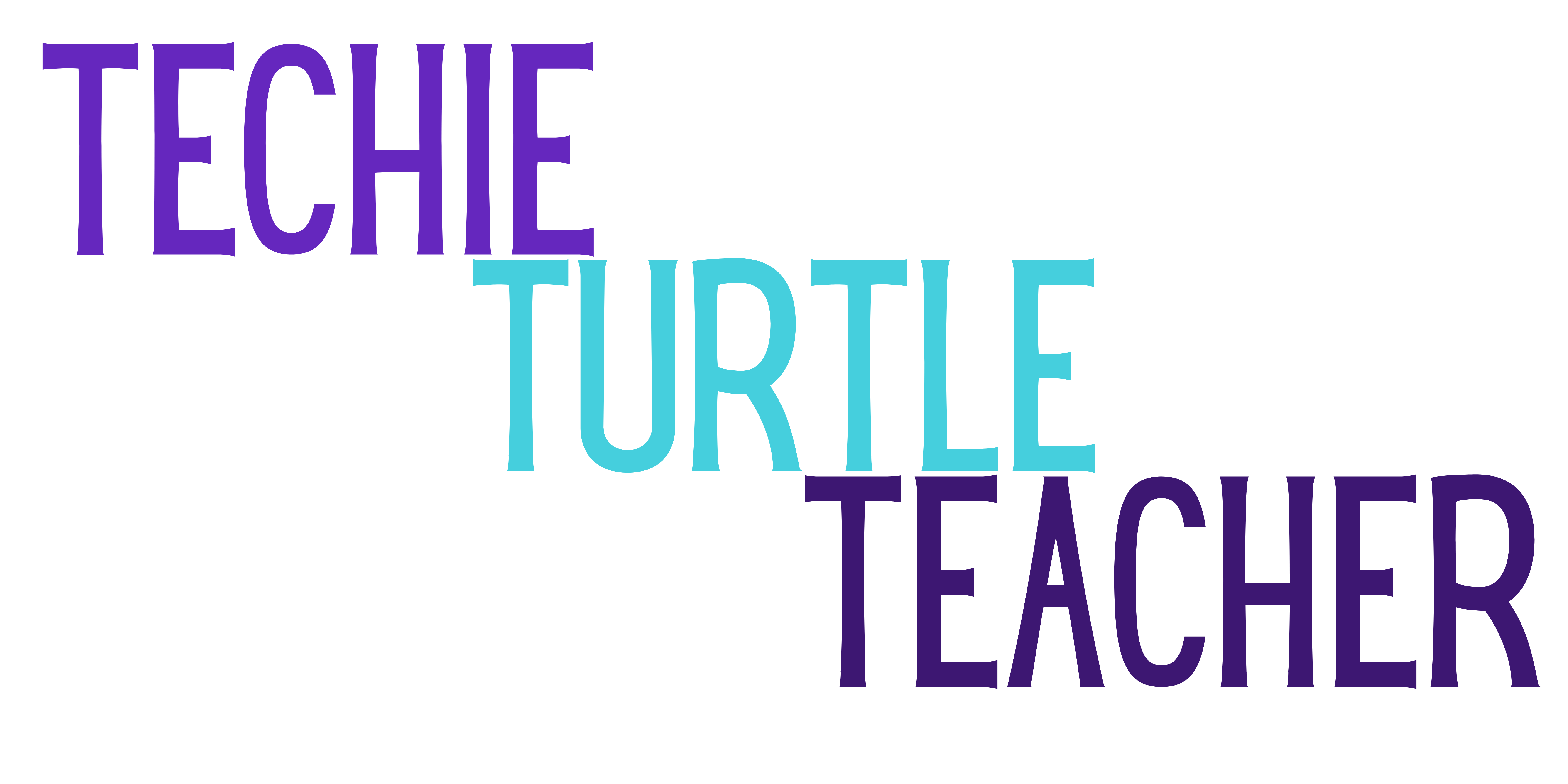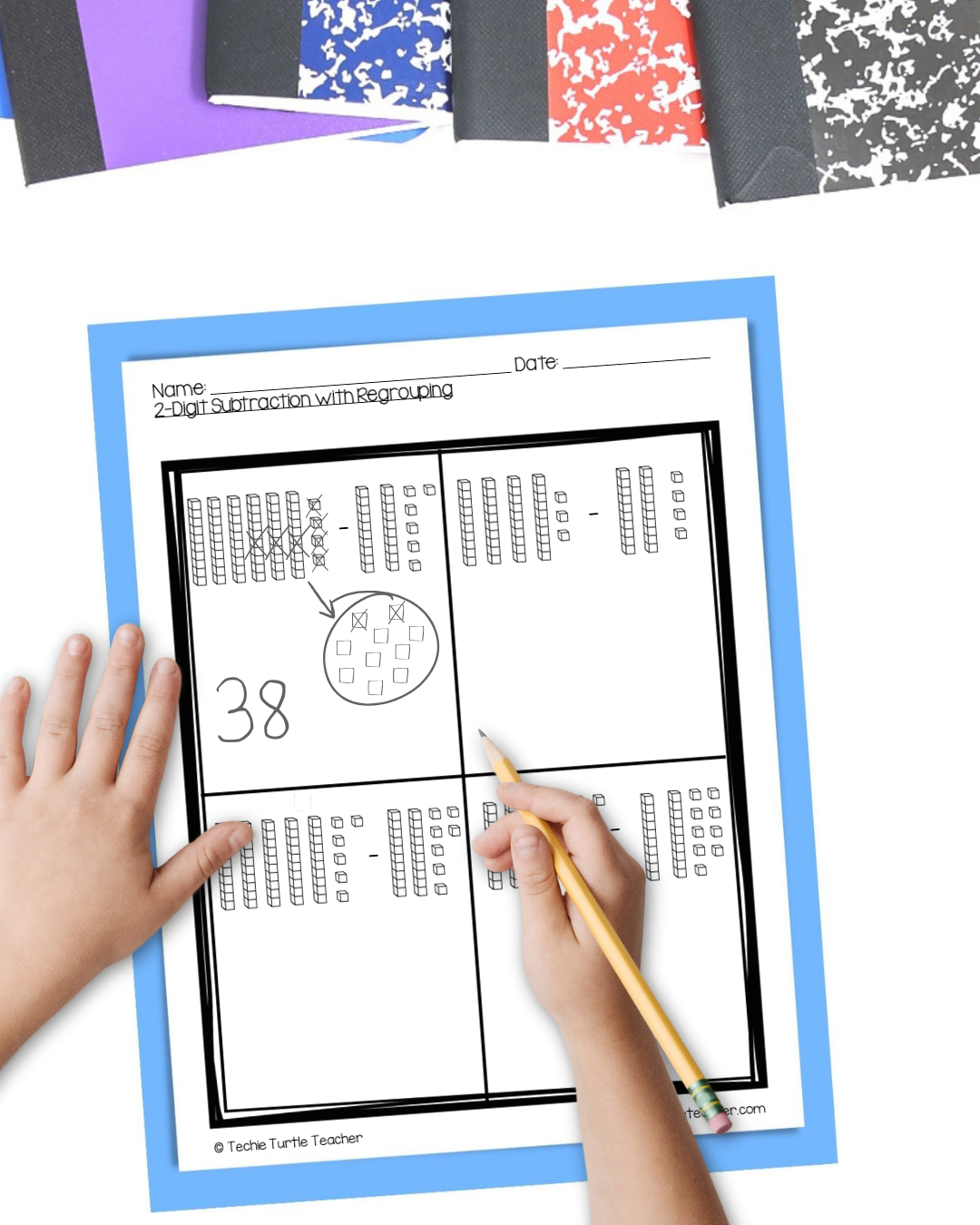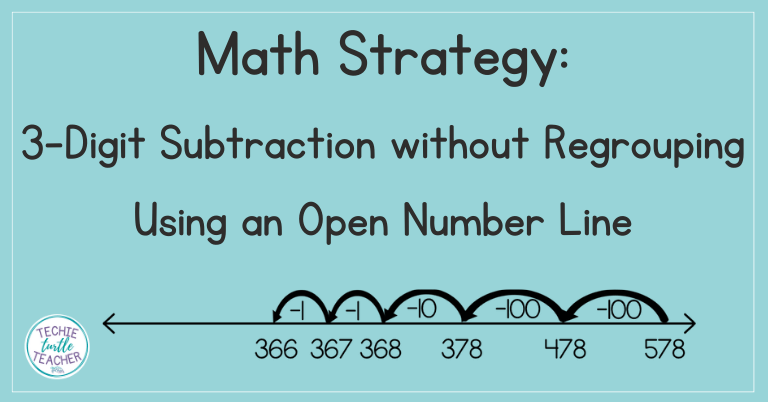Table of Contents
Subtraction with Regrouping: 2-Digit Base Ten Strategy
Once students feel confident subtracting two-digit numbers without regrouping, they’re ready to take the next step: subtraction with regrouping.
This skill can feel tricky at first, especially for students who are still developing number sense.
That’s why I like to start with a visual, concrete approach using base ten blocks.
It allows students to see exactly what’s happening when they regroup – before they move into more abstract strategies.
If you’re looking for a strategy that builds understanding step by step, this method using base ten blocks is a strong place to start.
Why Start with Base Ten Blocks?
When teaching subtraction with regrouping, base ten blocks help students see the exchange process instead of just memorizing steps.
I always recommend starting with physical blocks.
These hands-on tools give students a concrete foundation they can build on.
Once students are comfortable, you can move to drawing base ten blocks on paper.
Eventually, simplify further with sticks and dots for quicker problem-solving.
This gradual release helps reduce frustration and boosts confidence.
Using magnetic base ten blocks is especially helpful for modeling during whole group lessons.
I’ve had students come up to the board and demonstrate their thinking – something that really reinforces understanding for the entire class.
Step-by-Step: Subtraction with Regrouping Example
Let’s walk through the process with the example:

Step 1: Build 42 with base ten blocks.
Students should start by building the larger number only.
Building both numbers can actually confuse them, especially during regrouping.
So just focus on 42.
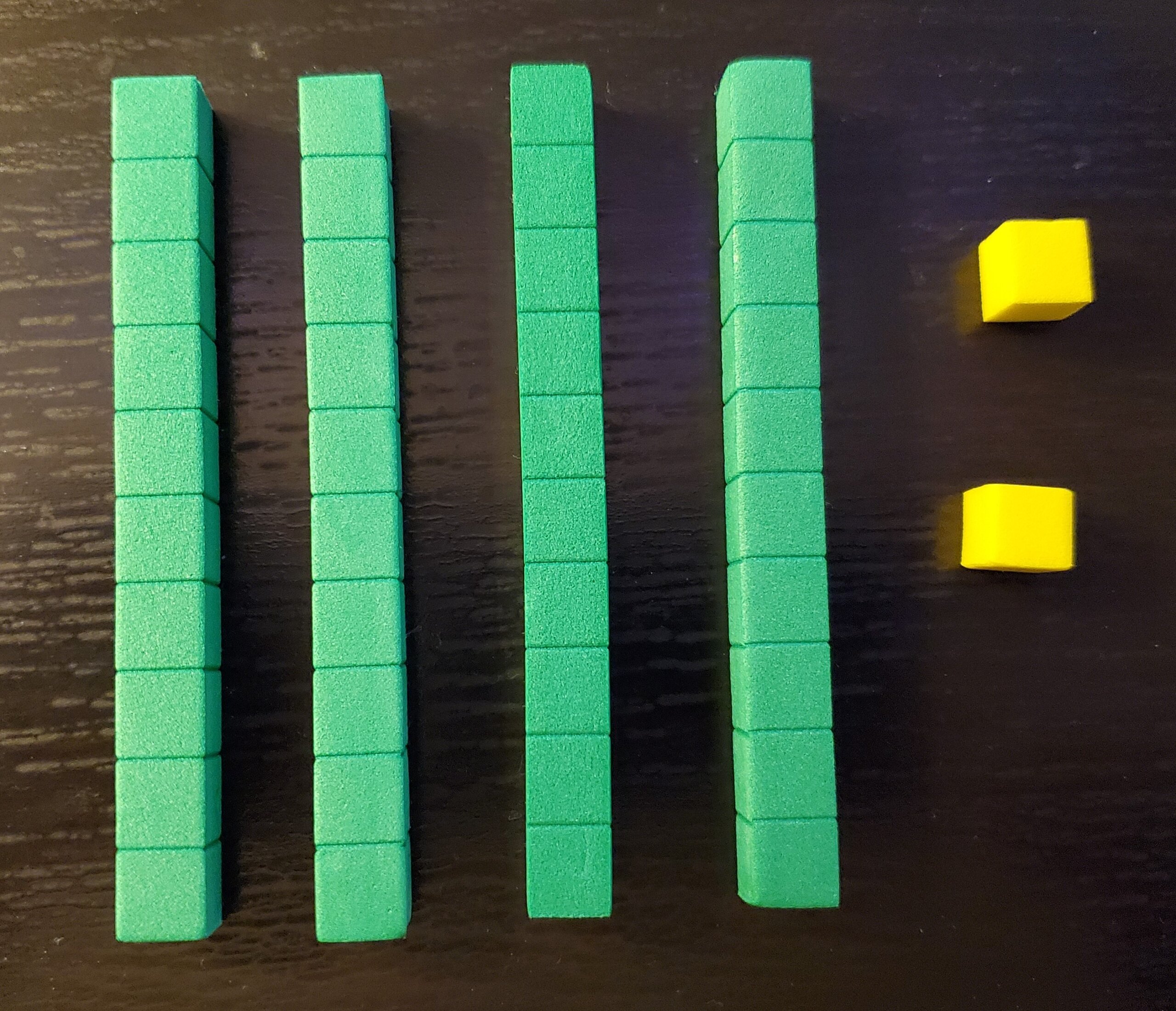
Step 2: Regroup a ten.
Since you can’t subtract 4 ones from 2 ones, regroup one ten into ten ones.
Now you have:
3 tens and 12 ones
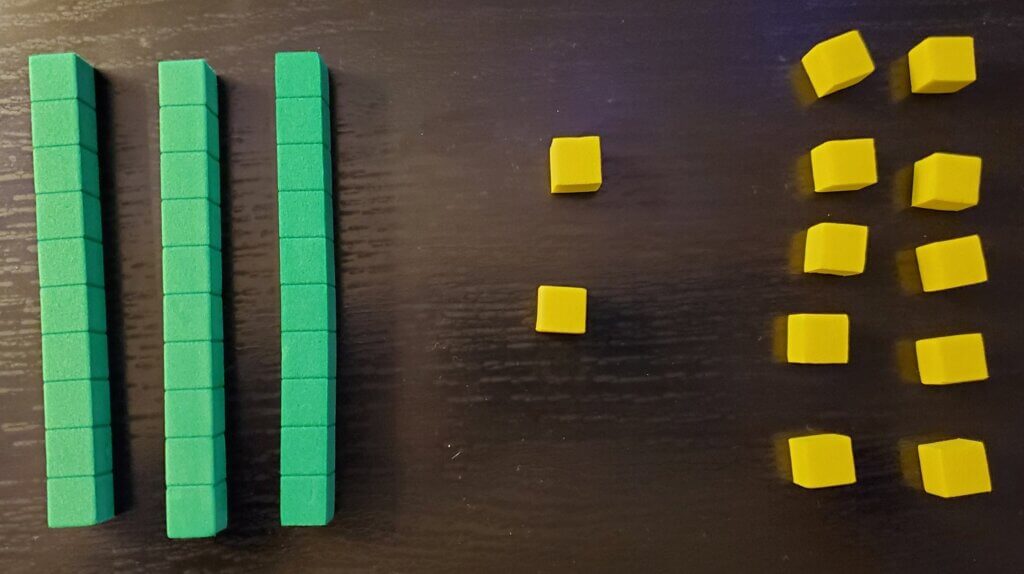
Step 3: Subtract the ones.
Take away 4 ones:
3 tens, 8 ones
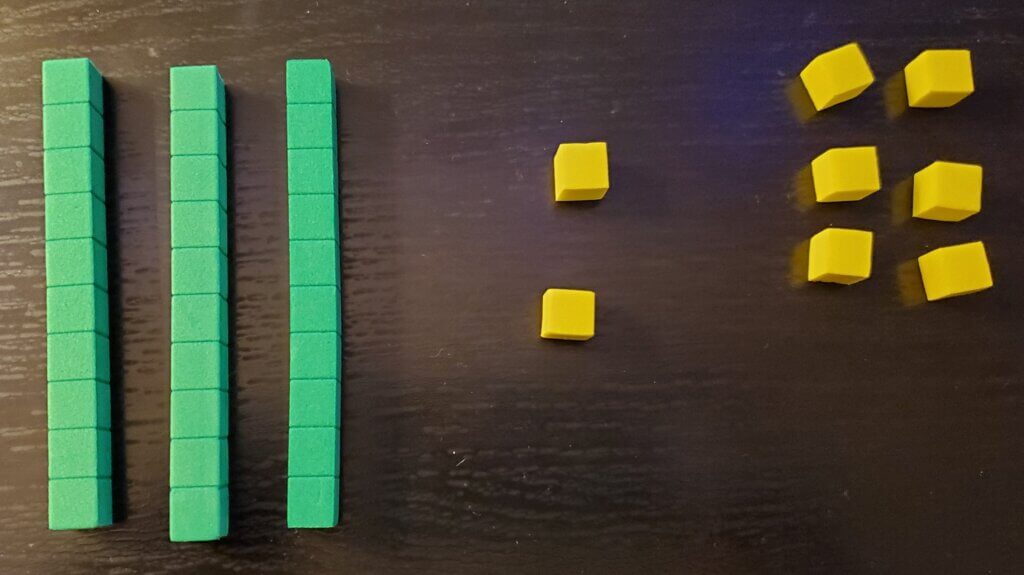
Step 4: Subtract the tens.
Take away 1 ten:
2 tens, 8 ones
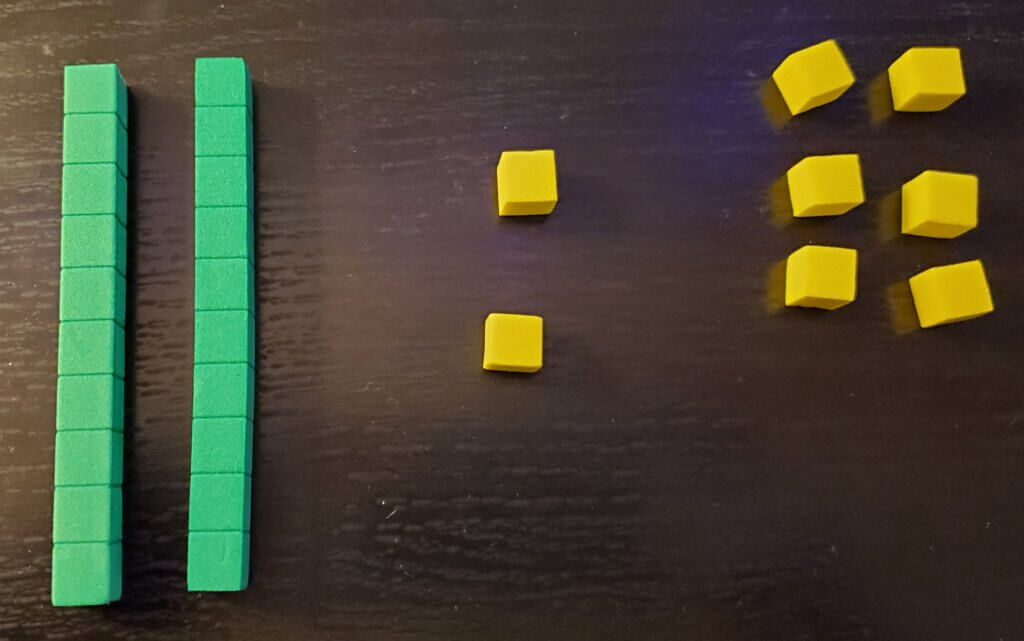

So, 42 – 14 = 28.
If you’re teaching this for the first time, model it slowly and clearly.
I’ve found students really benefit from repeated practice, and a few visual reminders don’t hurt either.
Transition to Drawing Base Ten Blocks
Once the hands-on work makes sense, move to drawing base ten blocks on paper.
Using the same problem – 42 – 14 – students can sketch 4 tens and 2 ones.

They’ll recognize right away that 4 ones can’t be subtracted from just 2 ones.
So they regroup by crossing out a ten and replacing it with ten ones.

Then, they subtract 4 ones and 1 ten, leaving them with 2 tens and 8 ones, or 28.

One thing to watch for: students sometimes forget to count all the remaining ones, especially those they didn’t circle or cross out.
Remind them to count carefully!
Once the students master regrouping using pictures of base ten blocks, you can take it a step further.
I like this last version of solving these problems because it is less likely to confuse students this way.
Using Sticks and Dots to Represent Tens and Ones
After students are comfortable drawing base ten blocks, introduce sticks and dots.
This strategy is simple and quick, especially for daily practice or assessments.
A stick represents a ten, and a dot represents a one.
For 42 – 14, students draw 4 sticks and 2 dots.

They’ll see right away they can’t subtract 4 dots from 2, so they regroup – cross out one stick and draw ten dots.

Now they have 12 dots, and they can subtract the 4.

Then they cross out one more stick to subtract the 1 ten, and they’re left with 2 sticks and 8 dots, or 28.

Just remind students to keep their drawings neat and spaced out.
When sticks and dots are crowded together, it’s easy to miscount or miss the ones they didn’t cross off.
Subtraction with Regrouping Takes Practice
Introducing subtraction with regrouping through these concrete and visual methods sets students up for success.
The more familiar they become with the steps – first with blocks, then drawings, and finally quick sketches – the more confident they’ll be.
And confidence is key with this skill.
Without it, students may try to guess or skip regrouping altogether.
If you’re ready to take the guesswork out of your planning, I have a resource that gives your students meaningful practice with each of these steps.
You don’t need to reinvent the wheel every time you plan your subtraction lessons.
Grab the 2-Digit Subtraction with Regrouping Practice Pack on TPT.
This pack includes clear examples, scaffolded problems, and visuals that match what you’re already doing in your classroom.
It’s ready to print, easy to implement, and supports your students right where they are.
Want to try this strategy with your students before committing to the full resource?
Download the free sample worksheets and see how it works in your classroom.
Need help or have questions?
If you need help or have questions, the easiest way to reach me is to DM me on Instagram @techieturtleteacher.
Pin this to Pinterest for later

